PhCHO+HCHOaq.NaOH−−−−−→Δ Products obtained are
PhCH2OHandHCOONa
PhCOONaandCH3OH
PhCOONaandHCOONa
PhCH2OHandCH3OH
The correct Answer is:A
To solve the reaction between benzaldehyde (PhCHO) and formaldehyde (HCHO) in the presence of aqueous sodium hydroxide (NaOH) under heating, we can follow these steps:
Step 1: Identify the Reactants
The reactants are:
- Benzaldehyde (PhCHO)
- Formaldehyde (HCHO)
- Aqueous sodium hydroxide (NaOH)
Step 2: Understand the Reaction Type
This reaction is a type of aldol condensation, specifically a benzoin condensation, where two aldehydes react in the presence of a base. In this case, the hydroxide ion (OH-) acts as a nucleophile.
Step 3: Nucleophilic Attack
The hydroxide ion will attack the carbonyl carbon of the more electrophilic aldehyde. In this case, formaldehyde (HCHO) is more electrophilic than benzaldehyde (PhCHO) due to the absence of electron-donating groups. Therefore, the nucleophile (OH-) will attack the carbonyl carbon of formaldehyde.
Step 4: Formation of Alkoxide Intermediate
When the hydroxide ion attacks the carbonyl carbon of formaldehyde, it opens the carbonyl bond and forms an alkoxide intermediate:
- HCHO + OH- → H2C(OH)O-
Step 5: Hydride Transfer
The next step involves a hydride transfer from the alkoxide intermediate to the carbonyl carbon of benzaldehyde. This step is crucial as it leads to the formation of a new carbon-carbon bond:
- H2C(OH)O- + PhCHO → PhCH(OH)CH2O-
Step 6: Protonation and Final Product Formation
The alkoxide intermediate can then be protonated by water or another proton donor in the solution to yield the final products:
- PhCH(OH)CH2O- + H2O → PhCH(OH)CH2OH + OH-
Step 7: Identify the Final Products
The final products of the reaction are:
1. Benzoin (PhCH(OH)CH2OH) - a hydroxy ketone
2. Acetate ion (from the deprotonation of the hydroxyl group)
Conclusion
The products obtained from the reaction of benzaldehyde and formaldehyde in the presence of aqueous sodium hydroxide under heating are benzoin and acetate ion.
---
The reactants are:
- Benzaldehyde (PhCHO)
- Formaldehyde (HCHO)
- Aqueous sodium hydroxide (NaOH)
This reaction is a type of aldol condensation, specifically a benzoin condensation, where two aldehydes react in the presence of a base. In this case, the hydroxide ion (OH-) acts as a nucleophile.
The hydroxide ion will attack the carbonyl carbon of the more electrophilic aldehyde. In this case, formaldehyde (HCHO) is more electrophilic than benzaldehyde (PhCHO) due to the absence of electron-donating groups. Therefore, the nucleophile (OH-) will attack the carbonyl carbon of formaldehyde.
When the hydroxide ion attacks the carbonyl carbon of formaldehyde, it opens the carbonyl bond and forms an alkoxide intermediate:
- HCHO + OH- → H2C(OH)O-
The next step involves a hydride transfer from the alkoxide intermediate to the carbonyl carbon of benzaldehyde. This step is crucial as it leads to the formation of a new carbon-carbon bond:
- H2C(OH)O- + PhCHO → PhCH(OH)CH2O-
The alkoxide intermediate can then be protonated by water or another proton donor in the solution to yield the final products:
- PhCH(OH)CH2O- + H2O → PhCH(OH)CH2OH + OH-
The final products of the reaction are:
1. Benzoin (PhCH(OH)CH2OH) - a hydroxy ketone
2. Acetate ion (from the deprotonation of the hydroxyl group)
The products obtained from the reaction of benzaldehyde and formaldehyde in the presence of aqueous sodium hydroxide under heating are benzoin and acetate ion.
Similar Questions
Knowledge Check
- Question 1 - Select One
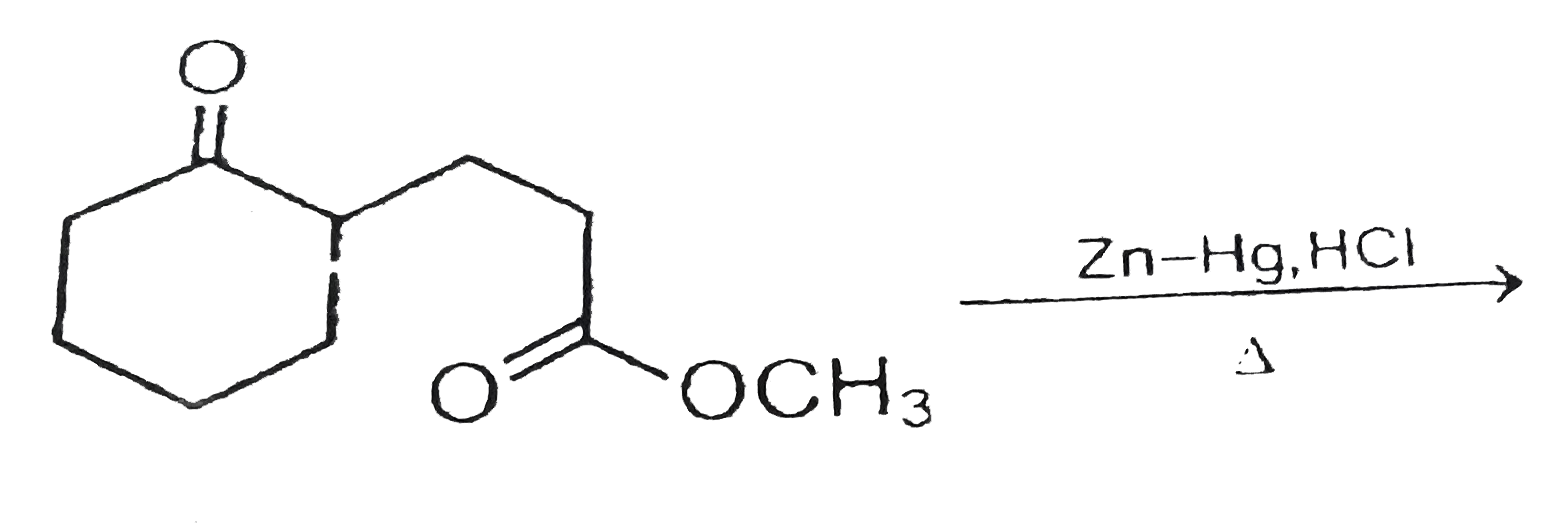 Zn−Hg.HCl−−−−−−−→Δ product of the reaction will be:A
Zn−Hg.HCl−−−−−−−→Δ product of the reaction will be:A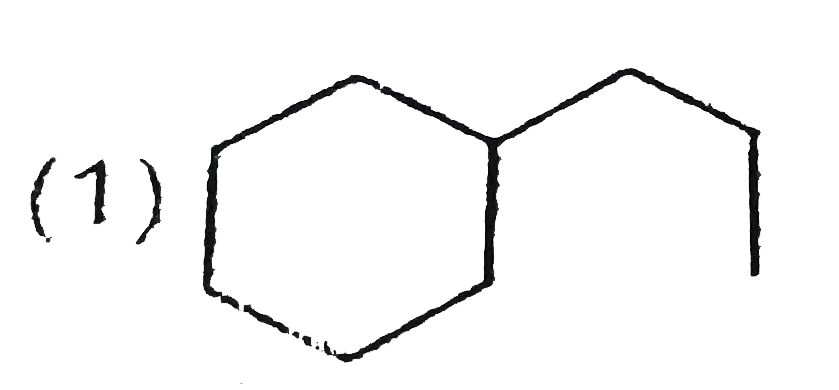 B
B C
C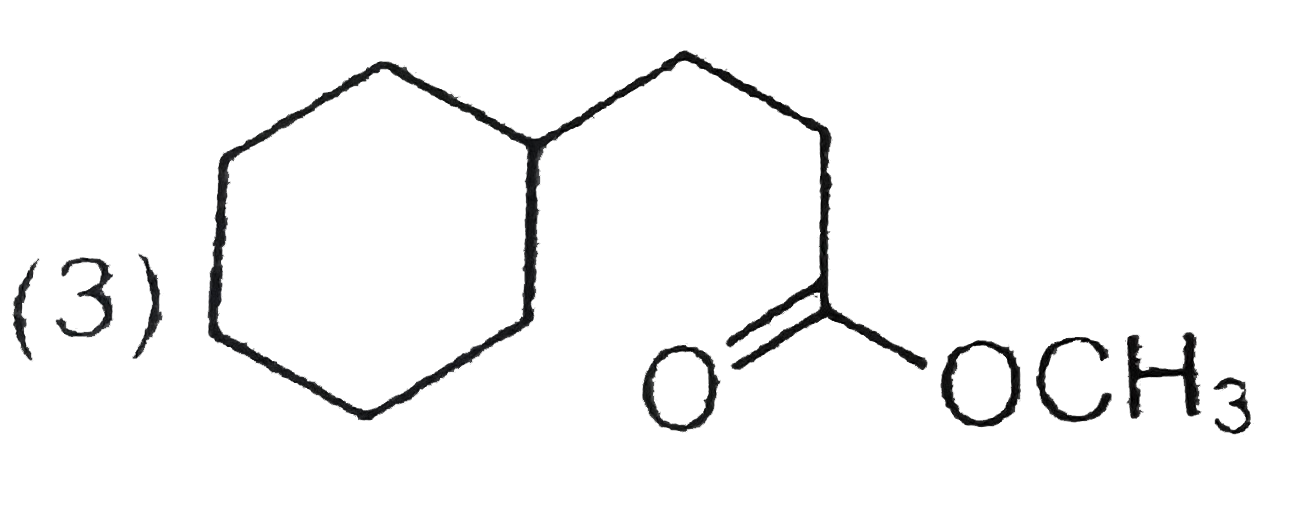 D
D
- Question 2 - Select One
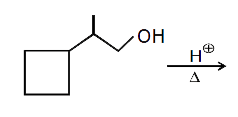
H⊕−−→Δ Major product
Major product isA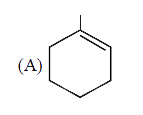 B
B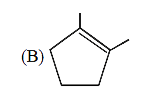 C
C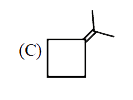 D
D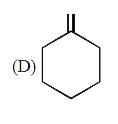
- Question 3 - Select One
CH3CH2CHONaOH,Δ−−−−−→aldol product A.
A isACH3CH2CH=CHCH2CHOBCH3CH2CH=CH3∣C−CHOCCH3CH2C∣OHH−CH2CH2CHODCH3CH2C∣OHH−CH3∣CH−CHO
Me2C=CH2conc.H2SO4−−−−−−−→ΔA(major)H+/KMnO4−−−−−−−−→ΔBNaOI−−→CNaOH−−−−→CaO,Δ product.
Incorrect about the product.View SolutionConsider the reaction given below :
CH3−CHDCONH2+PhCO15NH2Br2+OH−−−−−−−→Δ
The products obtained are :View SolutionIdentify the compound 'D' in the following series of reactions .
CH3−CH3∣CH−CH2−CH2−Bralc.KOH−−−−−−→Δ'A'(i) Conc.H2SO4−−−−−−−−−−→(ii)H2O,Δ'D'(Major product)+'C'(Minor product)'B'HI,Δ−−−−−−→−H2O'D'(Major product)+(Minor product)View SolutionIdentify the compound 'D' in the following series of reactions .
CH3−CH3∣CH−CH2−CH2−Bralc.KOH−−−−−−→Δ'A'(i) Conc.H2SO4−−−−−−−−−−→(ii)H2O,Δ'D'(Major product)+'C'(Minor product)'B'HI,Δ−−−−−−→−H2O'D'(Major product)+(Minor product)View SolutionC3H6O(A)↓Gives positiveTollen's testPhCHO−−−−−→OH−/ΔB
Product B is :View Solution

